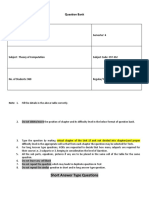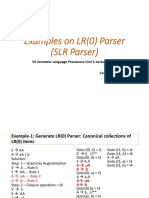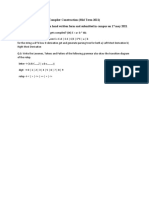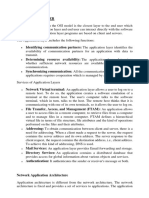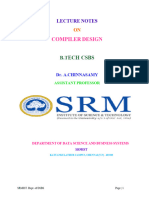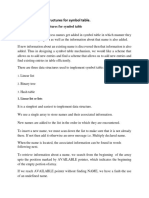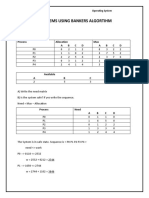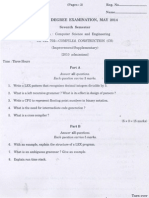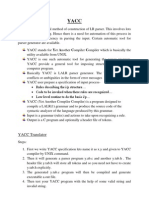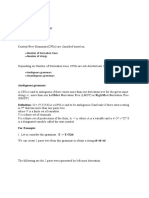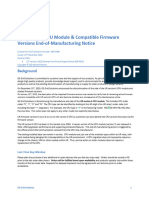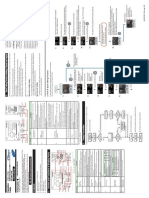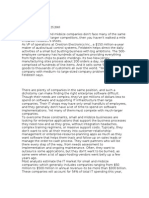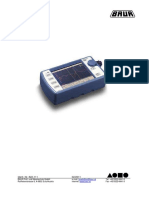100% found this document useful (1 vote)
2K views14 pagesSLR Parser (With Examples)
The document provides information on SLR parsing and examples of constructing an SLR parsing table. It discusses that SLR is a type of LR parsing that is simpler to construct than LR(0) parsing. The key differences are that SLR parsing only enters reduce actions corresponding to the FOLLOW set of the production's left-hand side in terminating states, which can resolve shift-reduce conflicts. The document then gives steps to construct an SLR parsing table which include writing an augmented grammar, finding the LR(0) collection of items, determining follow sets, and defining the action and goto functions to populate the table. An example grammar is provided and its SLR parsing table is constructed in detail over multiple steps.
Uploaded by
PravalikaCopyright
© © All Rights Reserved
We take content rights seriously. If you suspect this is your content, claim it here.
Available Formats
Download as DOCX, PDF, TXT or read online on Scribd
100% found this document useful (1 vote)
2K views14 pagesSLR Parser (With Examples)
The document provides information on SLR parsing and examples of constructing an SLR parsing table. It discusses that SLR is a type of LR parsing that is simpler to construct than LR(0) parsing. The key differences are that SLR parsing only enters reduce actions corresponding to the FOLLOW set of the production's left-hand side in terminating states, which can resolve shift-reduce conflicts. The document then gives steps to construct an SLR parsing table which include writing an augmented grammar, finding the LR(0) collection of items, determining follow sets, and defining the action and goto functions to populate the table. An example grammar is provided and its SLR parsing table is constructed in detail over multiple steps.
Uploaded by
PravalikaCopyright
© © All Rights Reserved
We take content rights seriously. If you suspect this is your content, claim it here.
Available Formats
Download as DOCX, PDF, TXT or read online on Scribd
/ 14

